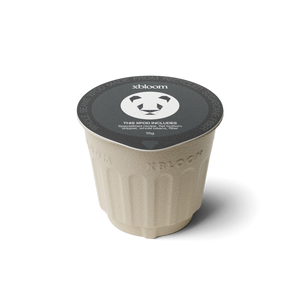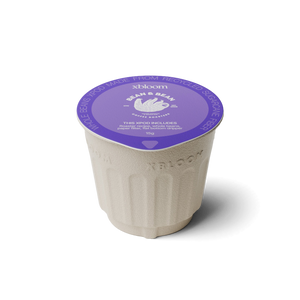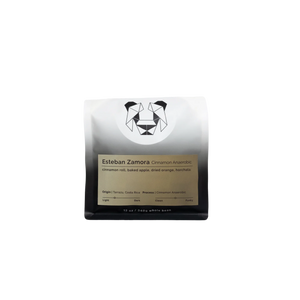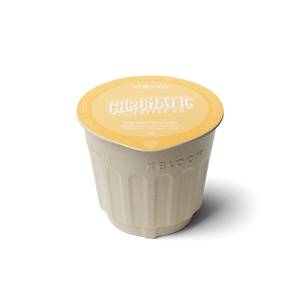Have you ever wondered about different processes used in green coffee production and how they affect the flavor profile of your favorite drink? Today we will talk about washed coffee processing which tend to be cleaner and more consistent in flavor than other types of coffee beans.
Wet processing is a more modern method of processing coffee. In this method, the coffee cherries are first soaked in water. This makes it easier to remove the bean from the fruit. Next, the beans are washed and then dried. Wet processing is generally quicker than dry processing, and can take as little as two days which is ideal for pour-over brewing, as you can be sure that the flavor of your coffee will be consistent from cup to cup. Citrus, floral, and bright are some of the most common flavor profiles for washed coffees.
In addition, washed coffees typically have higher acidity levels than natural or honey processed coffees. This is because washing the beans removes some of the protective fruit layers that surround the bean, allowing more of the coffee's inherent acids to be exposed.
If the farmers are using the washed method, they first need to sort the coffee cherries by ripeness. The ripe cherries are then put into a de-pulping machine which removes the skin and most of the fruit from the bean. The beans are then fermented in water for around 12-36 hours. This process breaks down the sugars in the bean which makes them taste sweeter. After fermentation, the beans are rinsed and then sun-dried on raised beds.
We hope you’ve enjoyed our foray into wet processing and how that affects the flavor of the final cup.












































